Your baby is all ready for walking once they have good head control, can sit up by themselves, and are confident pulling themselves up to stand. But before they start scooting around the room, remember to make sure the space around them is completely safe to explore and that your home is baby proofed.
Don’t worry if your little one isn’t quite there yet, here are some fun ideas to get them moving in the right direction.
Tips to help your baby start walking on their own
Tip #1: Crab walk
If your baby can stand using furniture, you can gently encourage them to walk sideways along the couch using their hands for support. Make sure you practise going in both directions and use toys to encourage this.
Tip #2: Cruise control
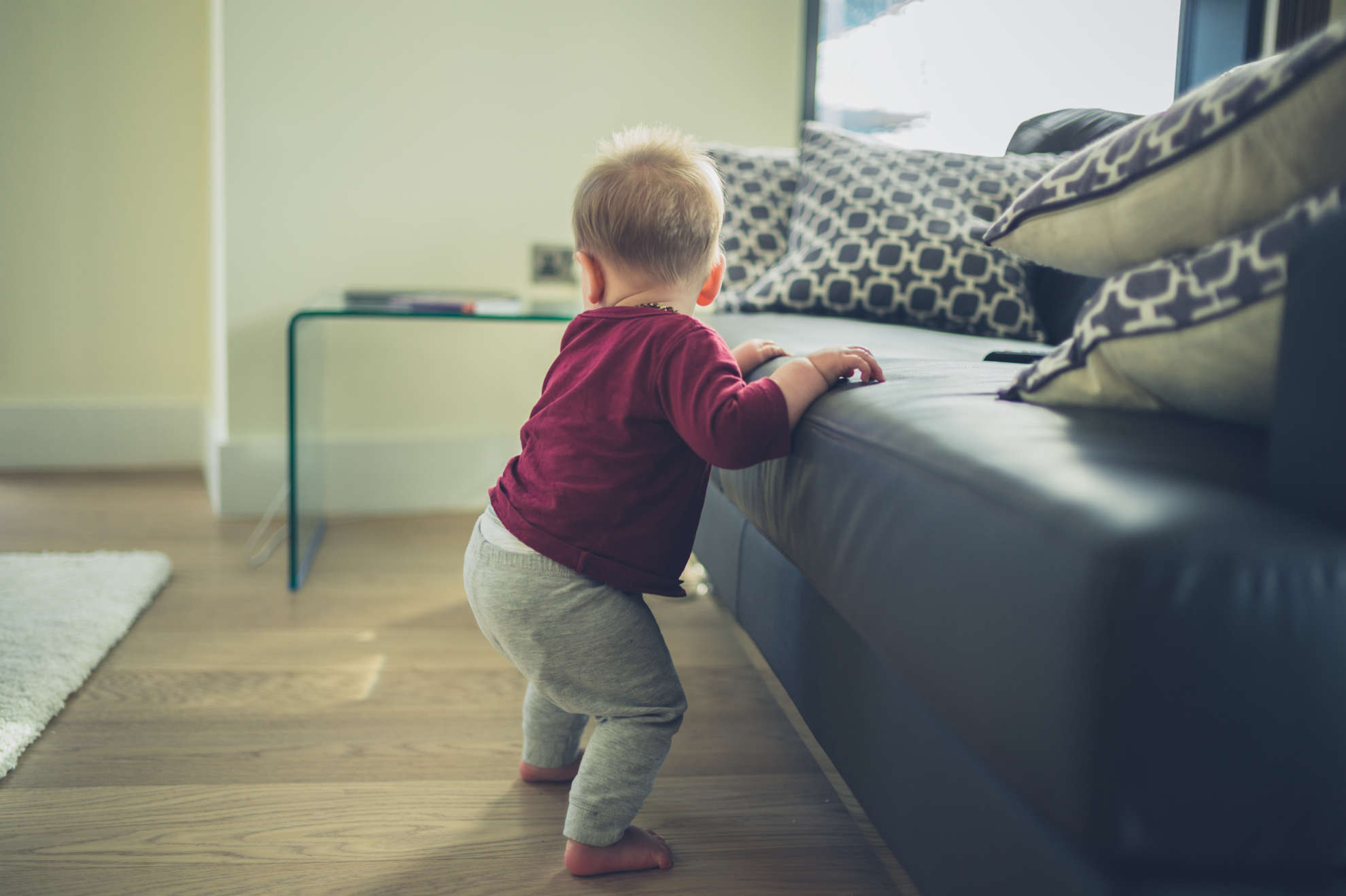
Encourage your baby to ‘cruise’ around the room, going from one support to another. They might use furniture, you, or any brothers or sisters to help keep them on their feet as they go from one place to another.
Tip #3: Hold hands
You can practise with your baby by holding both their hands and taking a few steps together. As their balance and confidence improves, you can try holding just one hand.
Tip #4: Baby steps
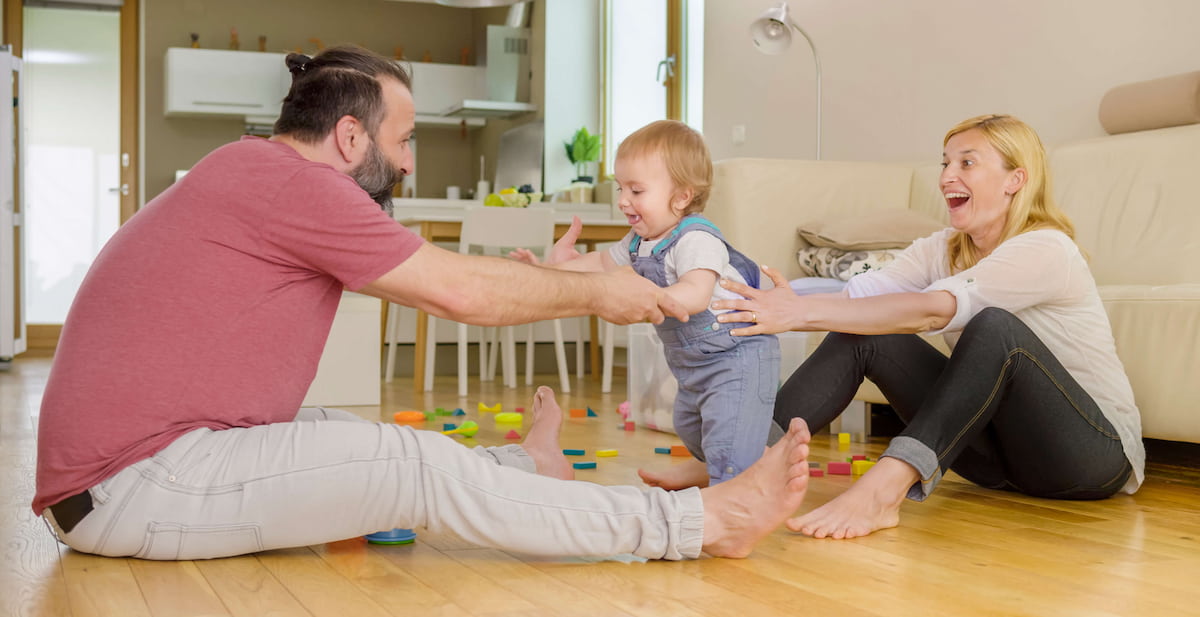
Encourage your wee one to take a few independent steps between two adults they trust. Smiling and talking to them will also help them to take a leap of faith.
Tip #5: Walk with me
As soon your baby is able, encourage them to walk with you, holding hands for safety. It might slow you down but it’s a great way for you both to get some exercise.
Exploring new ground
Once your baby has got the hang of walking, they’ll enjoy trying out different surfaces – indoor and outdoor. But you might need to help them on difficult surfaces like grass, especially to begin with. Any new ground they want to explore is fine, as long as you’re always there to help and keep them safe.
Staying safe
Once your baby starts to move around on their own, it’s important to keep a close eye on them. Make sure the space around them is completely safe to explore and that your home is baby proofed.
When your baby gets the knack of climbing, they’ll be off trying to climb all kinds of things. To keep them safe, always make sure:
- All stairs have gates at the top and the bottom.
- You never let your little one go up or down stairs on their own.
- All climbing activities are supervised until your wee one is at least 2 years old.
- Low furniture is kept away from windows and that windows have locks or safety catches fitted to stop your baby climbing out.
Should I be worried?
Your baby learning to walk is not a race, so try not to compare them with others. But if your baby is not walking by 18 months, then you should speak to your Health Visitor or Family Nurse for advice. Or if you have any other concerns at any stage of your baby’s development, you can also discuss this with your Health Visitor or Family Nurse. If your baby is premature and receiving follow up care, you can also get advice from your developmental team.
If you have twins, triplets or more they may take a bit longer to reach milestones, especially if they were born prematurely. It’s best to talk to your health visitor if you have any concerns. You can find out more about milestones for multiples on the Twins Trust website.
Learning new physical skills can be hard for babies and it’s normal for them to cry. If they get really frustrated, they can cry in an angry way and their faces can turn quite red. You might find this worrying, but as long as your baby is not having breathing difficulties, there is nothing to be alarmed about. Just try to comfort and settle your baby as normal.
 Activities & Play
Activities & Play Behaviour
Behaviour Childcare
Childcare Development & Growing Up
Development & Growing Up Family, Friends & Relationships
Family, Friends & Relationships Feeding Your Baby
Feeding Your Baby Food & Eating
Food & Eating Health & Safety
Health & Safety Mental Health & Wellbeing
Mental Health & Wellbeing Money & Work
Money & Work Online Behaviour & Safety
Online Behaviour & Safety Pregnancy & First Days
Pregnancy & First Days School & Education
School & Education Sleep
Sleep


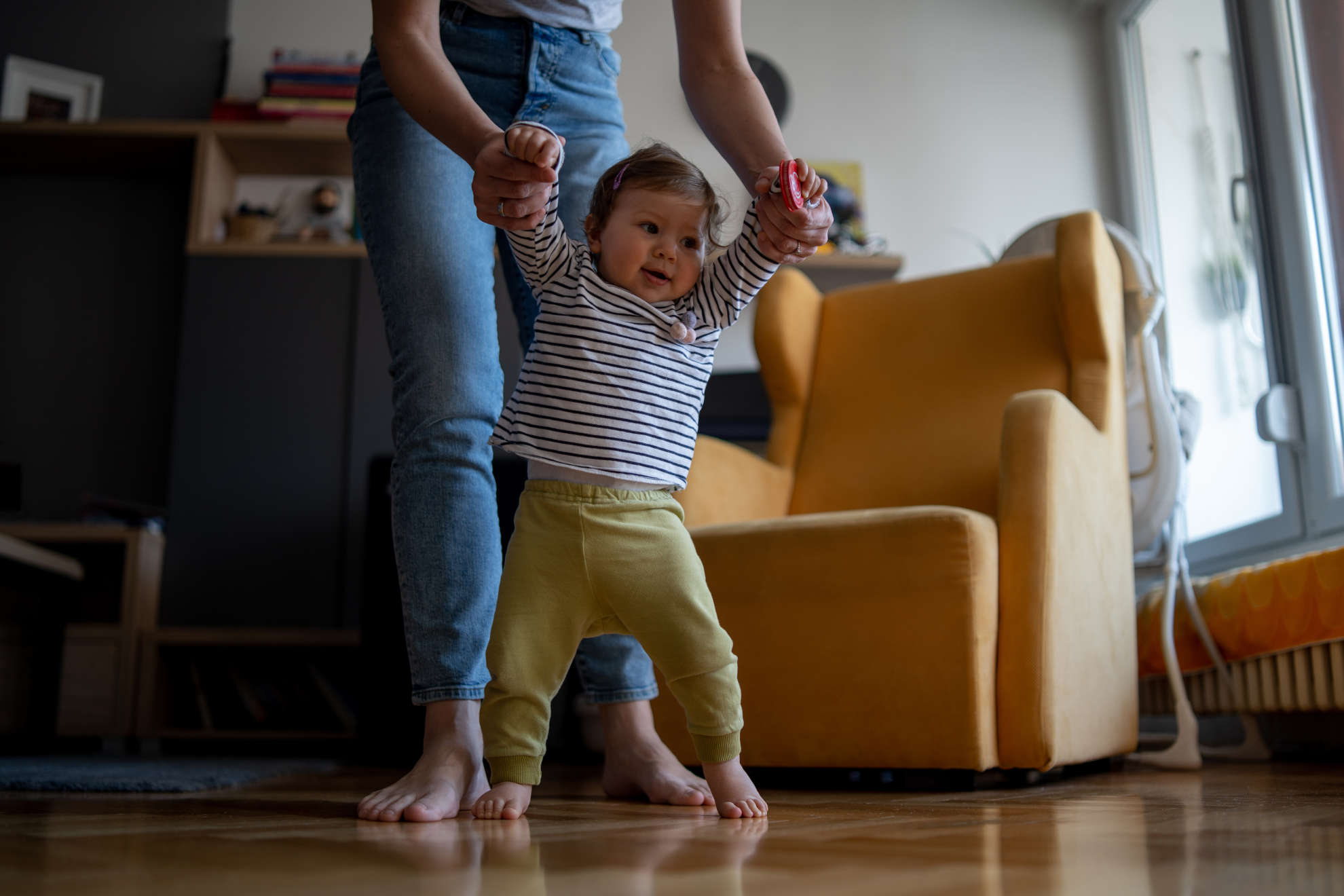
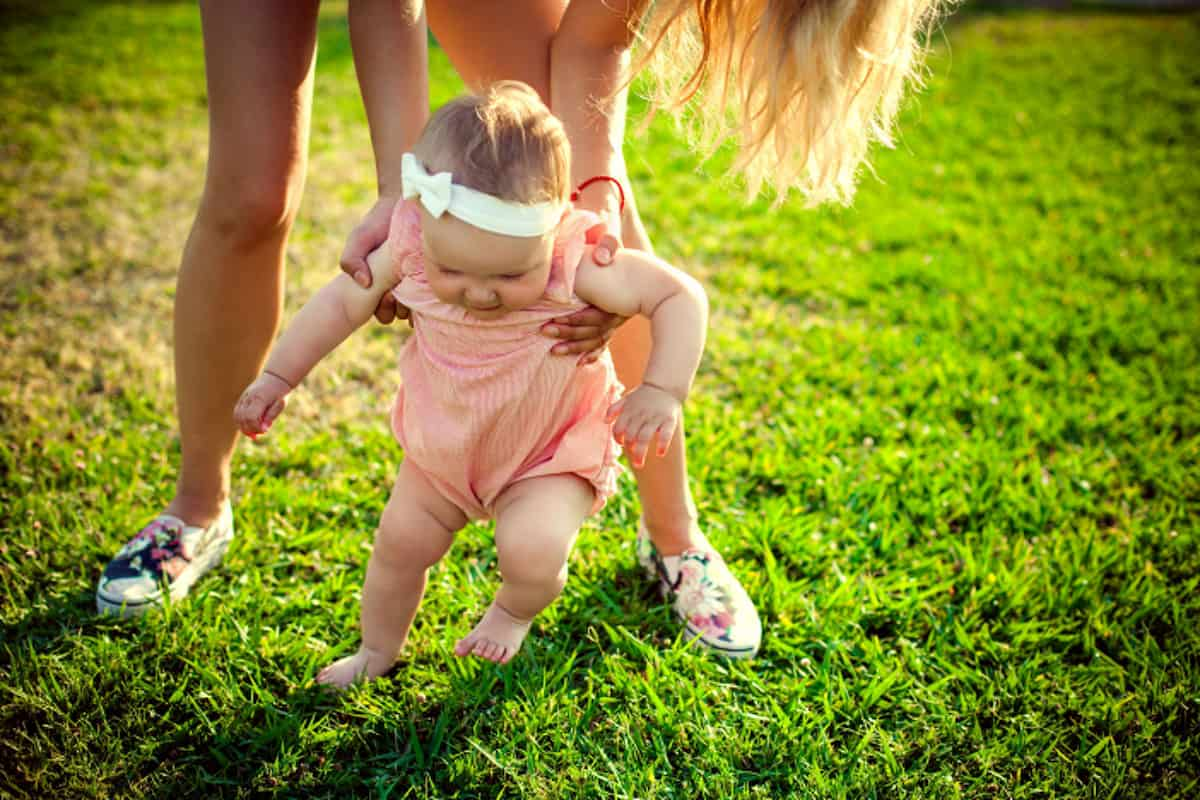

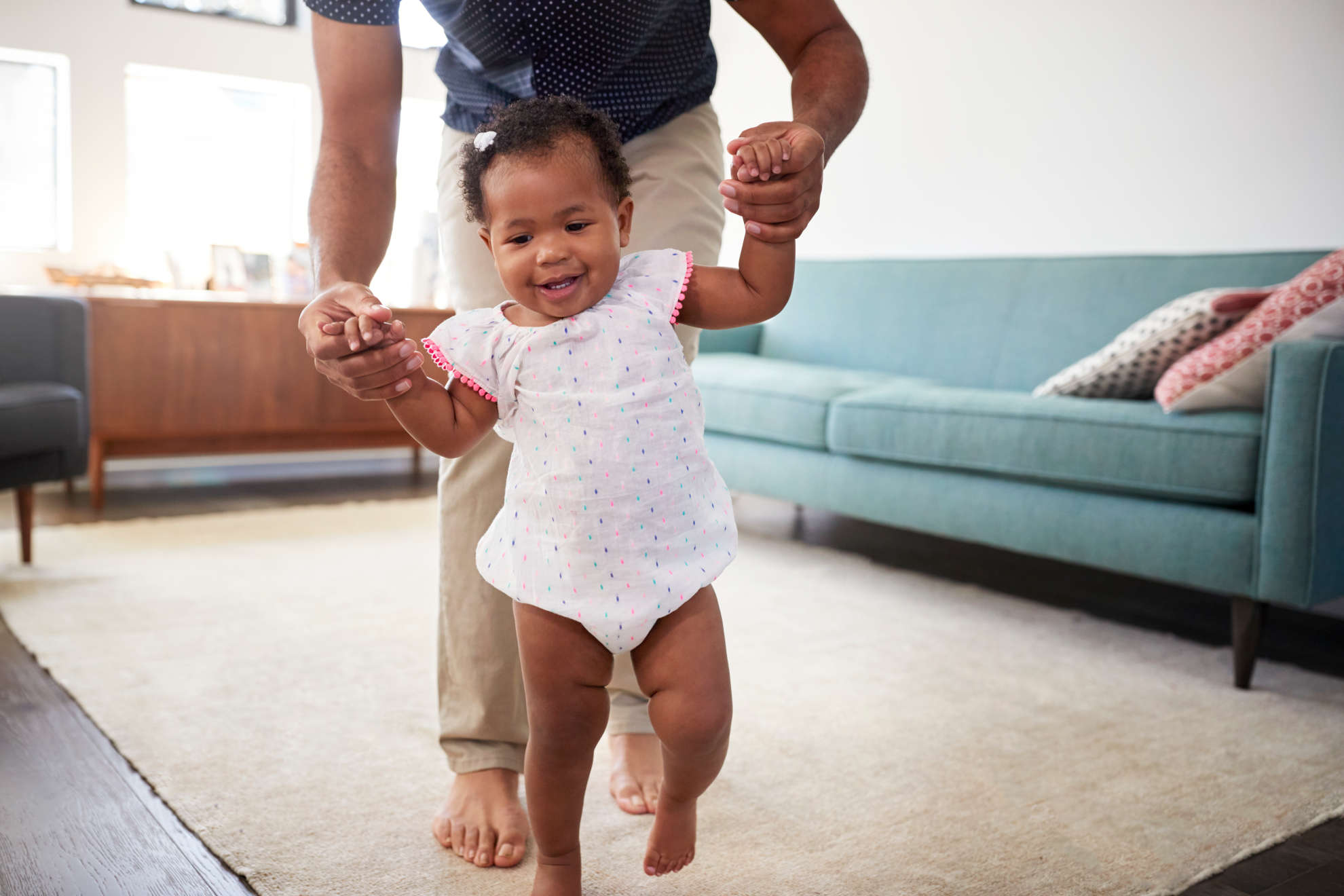
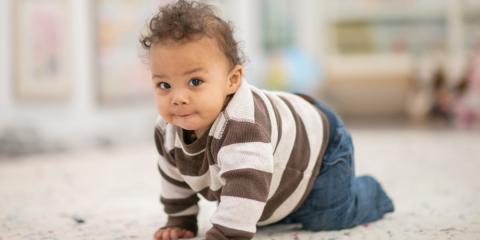
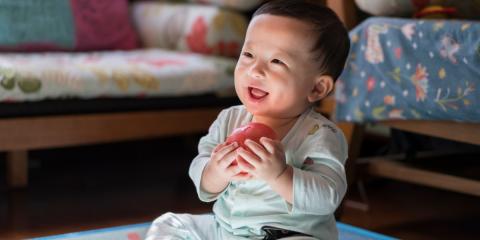
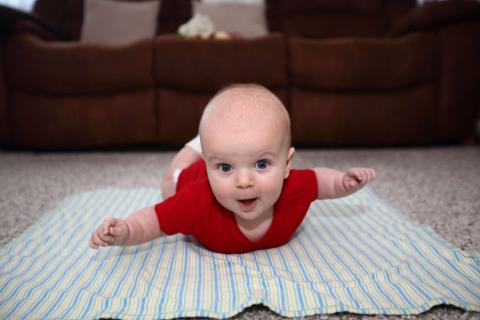
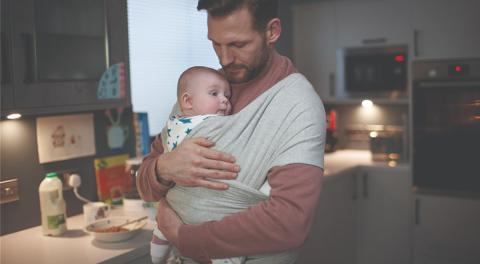
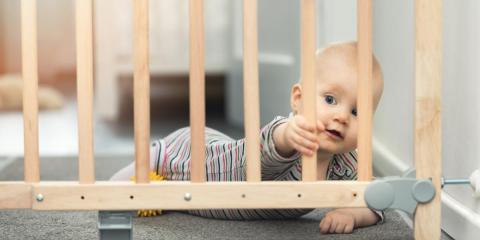
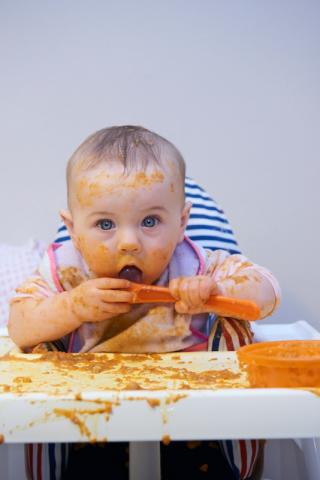
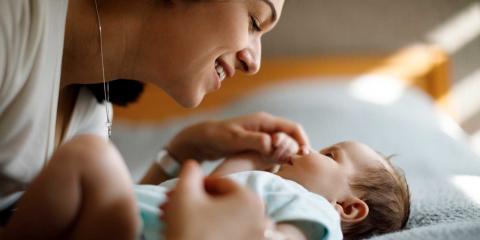
 Family, Friends & Relationships
Family, Friends & Relationships
 Mental Health & Wellbeing
Mental Health & Wellbeing